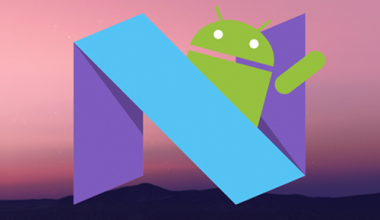Consumers gravitate to convenience. That’s as true with payment technologies as it is with anything else. A prime example is the decades-old trend away from cash or checks and toward credit cards.
Now, the mass adoption of smartphones and tablets has set the stage for a new move — away from fixed-point, card- and cash-based transactions and toward those completed on mobile. The old dream of the “digital wallet” is coming true in a very particular mobile-led fashion.
In a recent report from BI Intelligence, we explain the main types of mobile payments, analyze the state of the mobile payments race, examine the matchup between card readers and near-field communications (NFC), look at how traditional banks, credit card companies, and card processors are responding to the mobile payments threat, and detail who is furthest along in developing the all-in-one solution for merchants and consumers.
Access the Full Report By Signing Up For A Free Trial Today >>>
Here are 5 data points that help underscore the explosion:
- $640 million: eMarketer has estimated mobile payments as adding up to $640 million in transaction volume in the U.S., up from $170 million in 2011. However, this figure does not include swipes on mobile credit card readers like Square and PayPal Here, only consumer-side mobile payments in-store.
- $10 billion: Card readers are building real scale. Square’s mobile payments volume rose to $10 billion in 2012, up from $2 billion in 2011. Starbucks is switching its credit and debit card processing to Square, and as of January 2013 accepts the “Square Wallet” app at 7,000 locations.
- $14 billion: PayPal’s mobile payments volume. Though much of that volume was from PayPal-enabled mobile commerce, and not in-store payments, that’s still evidence of mobile catching on as a transactional platform.
- 7.9 million: As of year-end 2012, only 7.9 million U.S. consumers (less than 10 percent of the total) had adopted a consumer-facing NFC-compatible system like “Google Wallet,” or apps that use QR codes or other methods to generate a payment. Starbucks reports that 10% of its U.S. transactions are already powered by smartphones, with consumers holding their phones up for codes to be scanned. Starbucks’s success shows that mobile payments can go mainstream.
- $3.95 trillion: With more than $3.95 trillion of non-cash transaction volume recorded in the U.S. alone in 2011, the stakes are high in this space.


